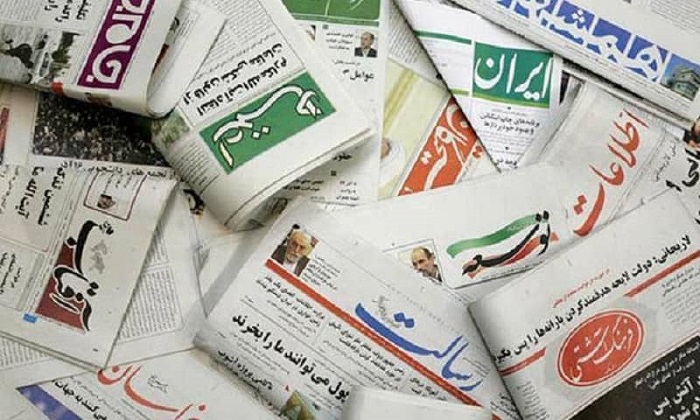
This catastrophe, the most severe the country has faced in a century, can be attributed to the highest levels of the regime, including Supreme Leader Ali Khamenei and the Revolutionary Guards (IRGC). Despite official attempts to downplay the situation, state media has been forced to acknowledge the financial disaster engulfing Iran.
State-run media outlets have recently provided grim warnings and acknowledgements of the crisis. On May 4, Ebtekar Daily published an article highlighting the plight of Iranian workers struggling to survive on a minimal salary of 84 million rials.
The piece criticized the Minister of Labor, Solat Mortazavi, for claiming that workers are satisfied with their current wages, despite the reality of skyrocketing living costs and inflation.
In a separate article on May 14, Ebtekar Daily emphasized the danger posed by a lack of hope for the future among Iranians, particularly those with salaries not keeping pace with inflation. The paper urged authorities to address the economic crisis immediately or face devastating consequences.
Watch and judge if #Iran is pacing towards #economic collapse pic.twitter.com/cfzvyb4i1C
— NCRI-FAC (@iran_policy) March 23, 2023
On May 4, Sharq newspaper lambasted the ruling system for its inefficiency and mismanagement, pointing to unresolved problems such as air pollution, water shortage, high traffic, unemployment, inflation, urban underdevelopment, and a massive brain drain.
The publication warned that the accumulation of these issues, coupled with increasing international tension, has led to a rightfully dissatisfied society no longer willing to tolerate the government’s ineffectiveness.
In a piece published on May 6, Sharq quoted an imaginary Friday Prayer leader who acknowledged the widening gap between the people and the ruling system, attributing it to corrupt officials and the government’s refusal to call out corruption.
State-run Setar-e Sobh newspaper, in a May 8 article, emphasized the impact of growing public mistrust on the government’s ability to implement economic plans, blaming the administration’s ineptitude and mismanagement for the alarming trend.
Mehdi Nasiri, former editor-in-chief of Keyhan Daily, known as Khamenei’s mouthpiece, warned on May 5 that the Islamic Republic is in its most dangerous period due to its dwindling popular base. He cited rampant inflation, increasing poverty, and institutionalized corruption as factors that could trigger a popular rebellion at any moment.
With Iran in the throes of its worst economic crisis in a century, the regime’s corruption and mismanagement have only intensified the nation’s suffering. The increasingly dire situation has prompted both criticism and urgent warnings from state media, indicating the severity of the challenges ahead.
 MEK Iran (follow us on Twitter and Facebook), Maryam Rajavi’s on her site, Twitter & Facebook, NCRI (Twitter & Facebook), and People’s Mojahedin Organization of Iran – MEK IRAN – YouTu
MEK Iran (follow us on Twitter and Facebook), Maryam Rajavi’s on her site, Twitter & Facebook, NCRI (Twitter & Facebook), and People’s Mojahedin Organization of Iran – MEK IRAN – YouTu







